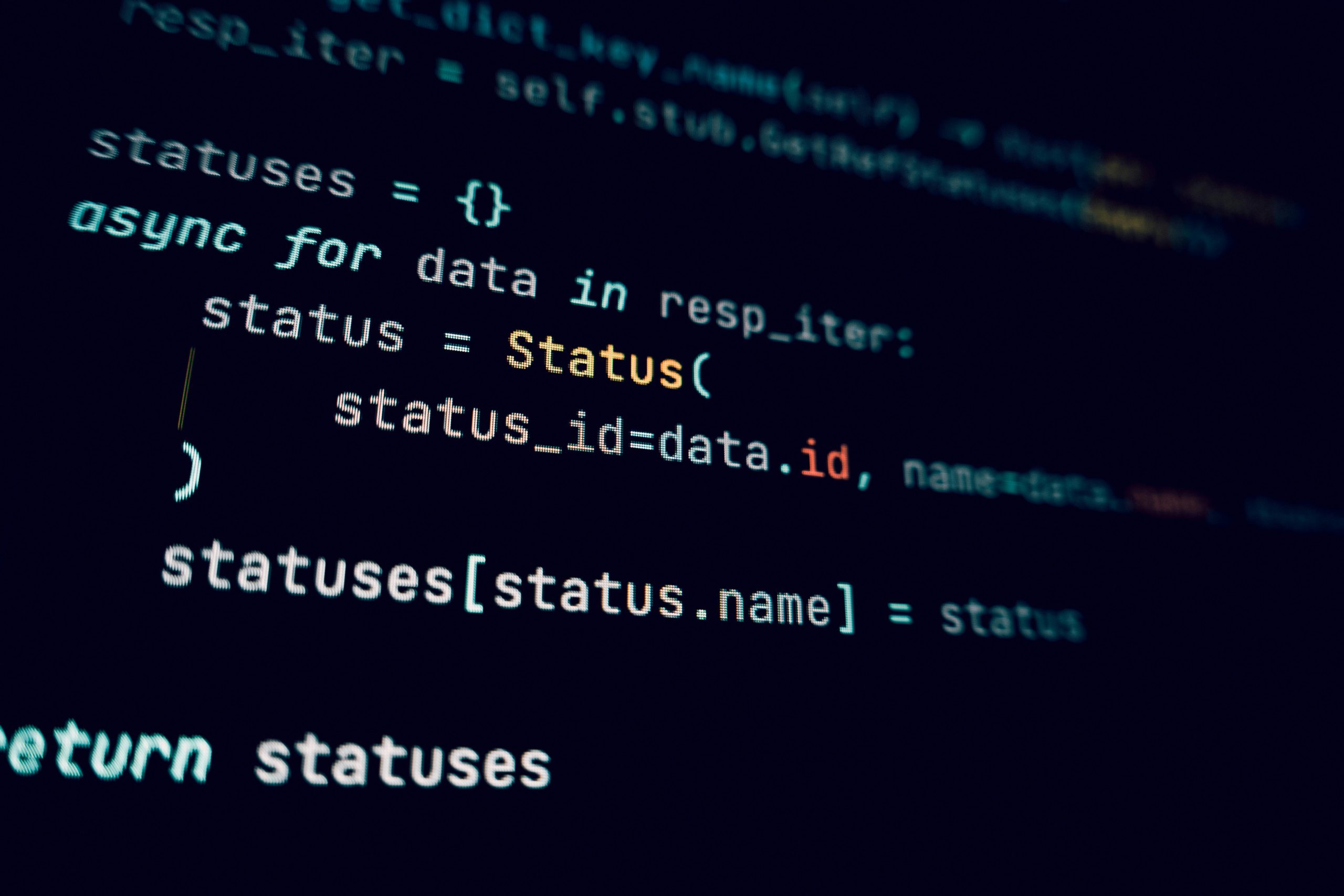Troubleshooting Persistent Computer Errors: Causes and Solutions
Have you ever encountered frustrating errors on your computer that seem to appear out of nowhere? This is a common issue that many users face, and it can disrupt your workflow significantly. Recently, I encountered a perplexing situation where my computer would boot up normally after a restart, only to revert to the same troublesome state shortly after.
If you’re dealing with similar issues, you may be wondering what could be causing these recurring errors. Here are some potential culprits and suggestions to help you diagnose the problem:
1. Software Conflicts
Sometimes, recently installed software can conflict with existing programs or the operating system itself. Consider any recent changes or updates that may have triggered the issue.
2. Hardware Issues
Look into the possibility of faulty hardware. Components such as the hard drive, RAM, or even your power supply can lead to irregular performance. Running diagnostics can help identify any hardware malfunctions.
3. Malware or Viruses
Malicious software can wreak havoc on your system. Ensure that your antivirus software is running and conduct a thorough scan to eliminate any potential threats.
4. Corrupted Files
Corrupted system files can also cause unexpected shutdowns or errors. You might want to utilize system repair tools or restore points to rectify any file issues.
5. Overheating
Excessive heat can lead to performance problems. Ensure that your computer is well-ventilated and that the cooling fans are functioning effectively.
If you find yourself facing these kinds of persistent errors, don’t despair. By systematically investigating these areas, you can identify the source of the problem and take appropriate action to restore your computer to optimal functioning. Don’t hesitate to seek professional help if the issues persist, as they can provide in-depth diagnostics and solutions tailored to your situation. Happy troubleshooting!
Share this content:




Thank you for sharing this comprehensive overview of common computer malfunctions. If you’re experiencing issues similar to what you’ve described, here are some additional steps you might consider:
If these steps do not resolve the issue, it might be best to consult with a professional technician who can perform more in-depth diagnostics. Feel free to provide additional details about your system